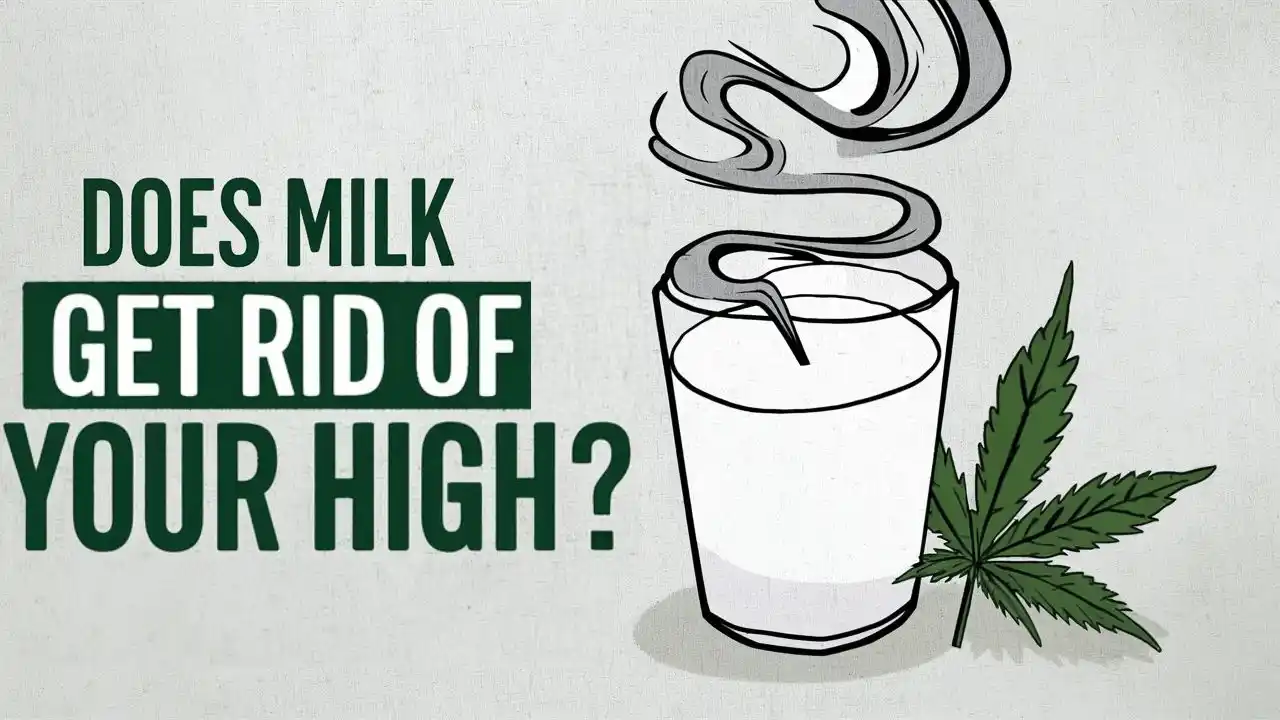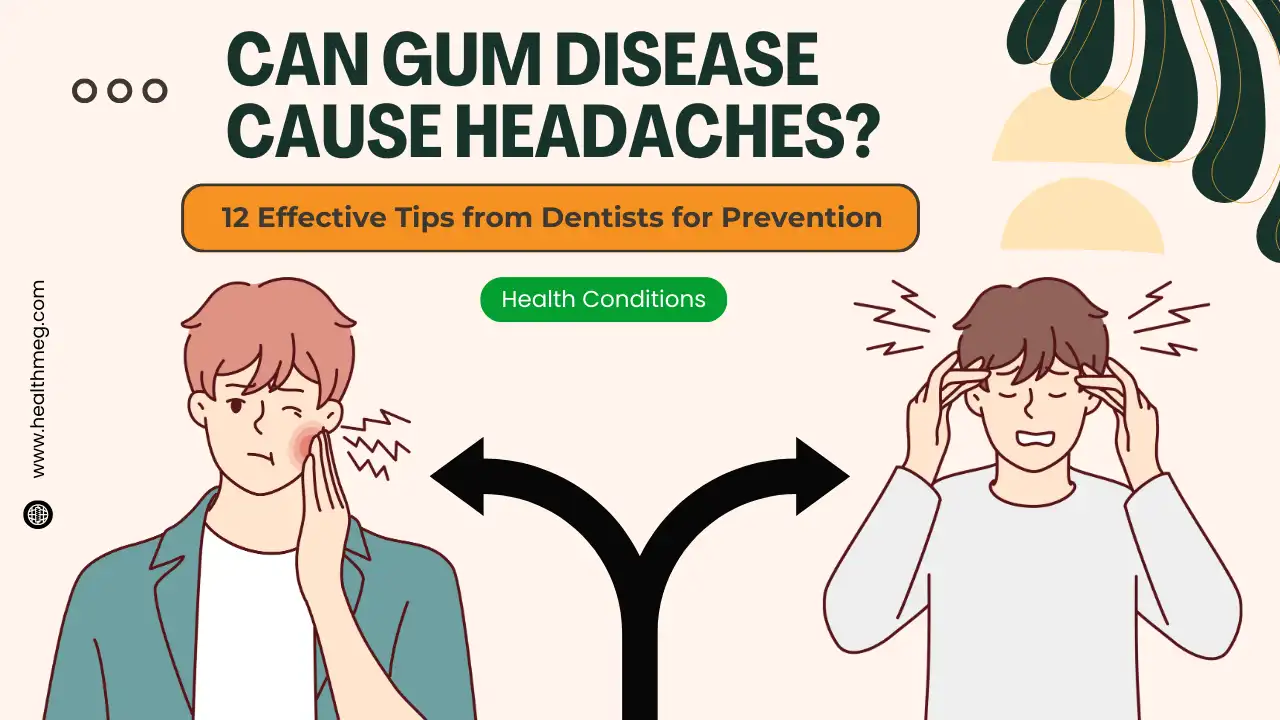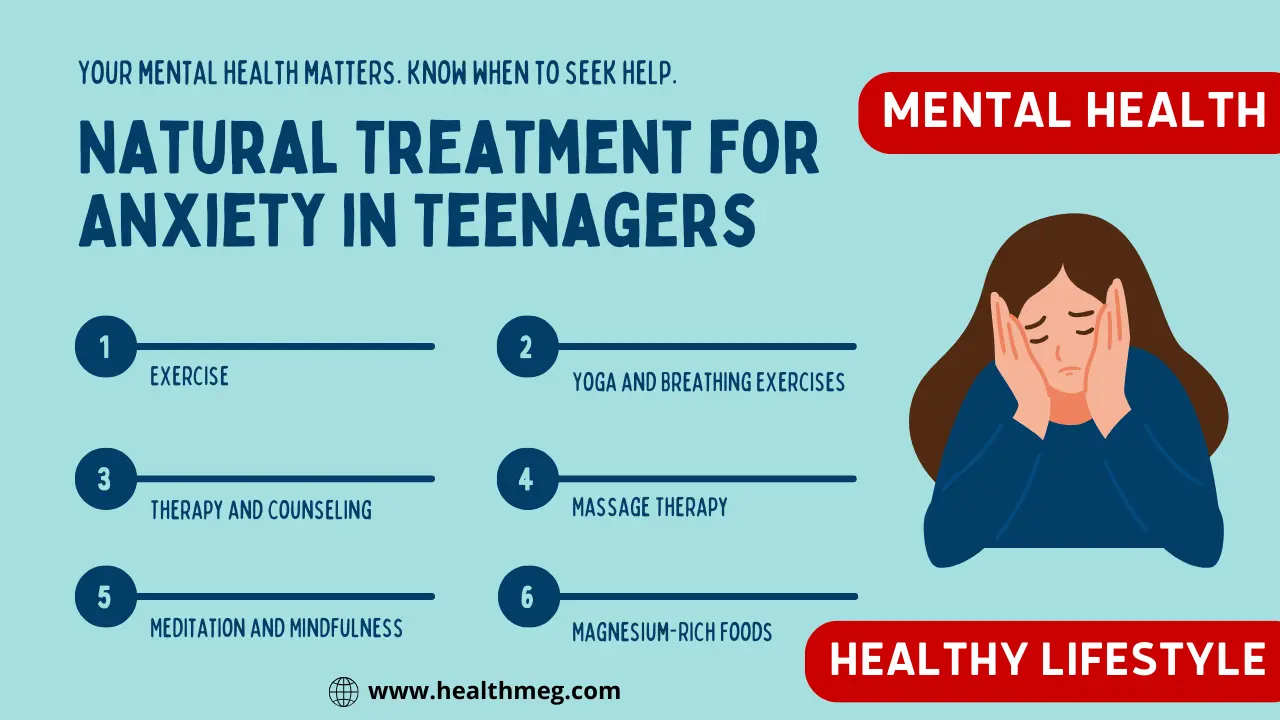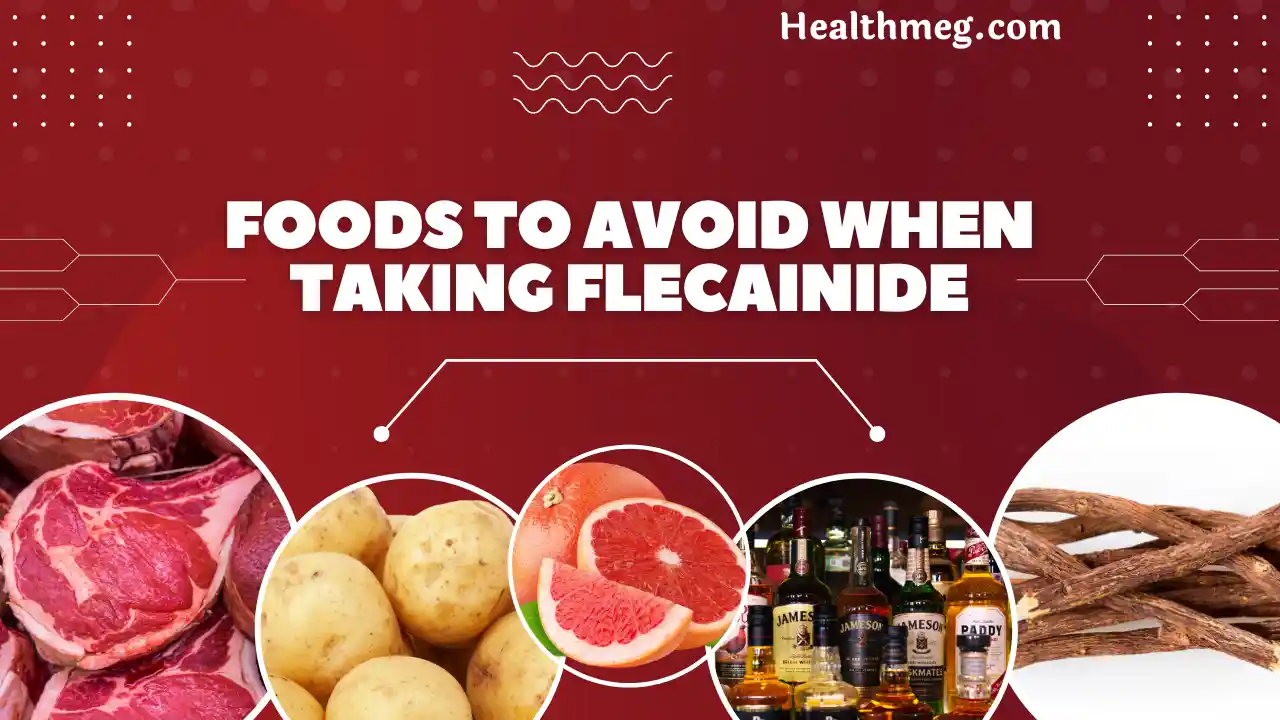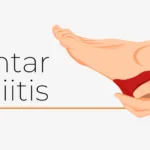Imagine you’re at a party, enjoying yourself, when someone offers you a cannabis-infused brownie. You take a bite, and a little while later, things start feeling… different. Maybe you’re feeling a bit giggly, or maybe your mind feels fuzzy. You might even start searching for the nearest bag of chips (a classic!).
Then, someone mentions the age-old question: “Does Milk Get Rid Of Your High?” You chug a glass, hoping for a quick fix, but… nothing changes. What gives?
The truth is, that the idea that milk counteracts a cannabis high, or hangover is just a myth. This article will bust this common misconception and provide you with the straight facts about cannabis and its effects on the body. We’ll explore how cannabis works and explain why milk simply doesn’t have the magical power to “sober you up.”
By the end, you’ll be armed with the knowledge to make informed decisions and avoid ineffective practices. So, buckle up and let’s dive into the world of cannabis and debunk this age-old myth!
Does Milk Get Rid Of Your High?
The Science Behind the High: THC and the Body
How THC Works
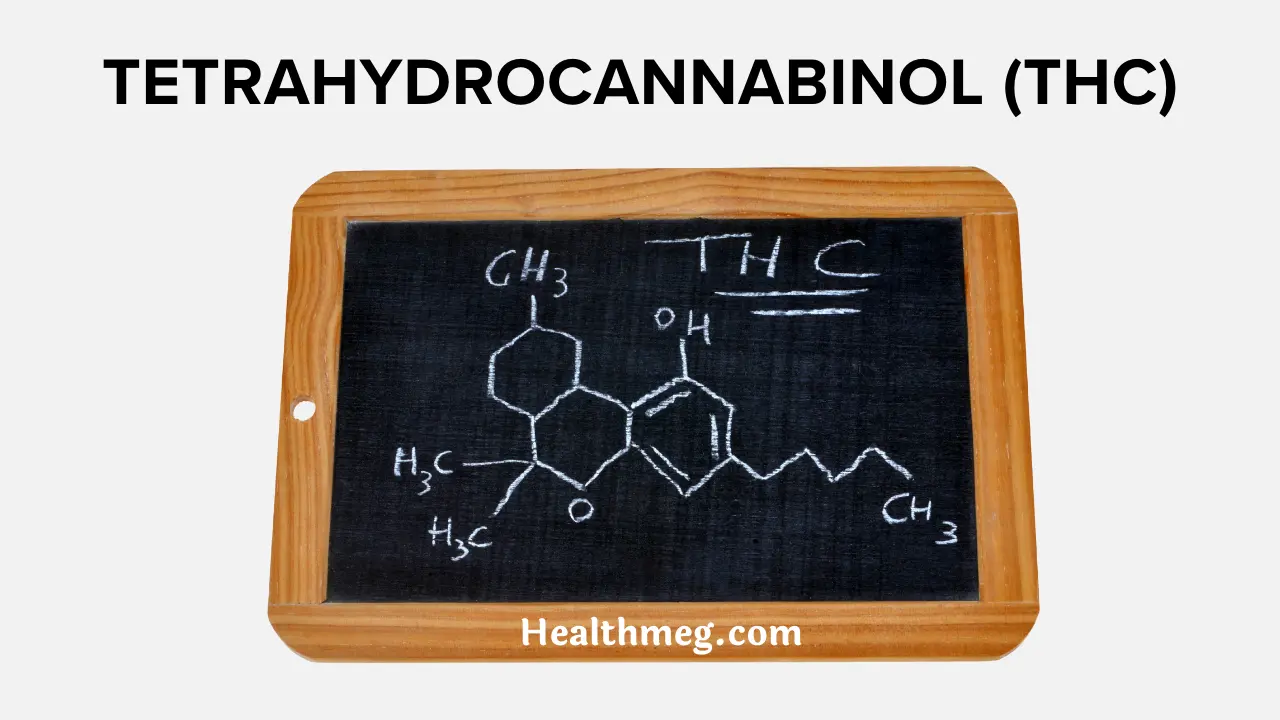
Have you ever wondered what happens when you consume cannabis? The key player in this process is a compound called tetrahydrocannabinol (THC). THC is the primary psychoactive component of cannabis, meaning it’s responsible for the “high” feeling associated with its use.
THC and the ECS ( Tetrahydrocannabinol and Endocannabinoid System )
When THC enters your body, it interacts with a complex system called the endocannabinoid system (ECS). The ECS is a network of receptors found throughout the body, including the brain, nervous system, and immune system. These receptors naturally bind to cannabinoids, which are molecules produced by the body itself.
THC, being structurally similar to natural cannabinoids, can also bind to these receptors, mimicking their effects and causing the various physiological and psychological changes associated with a cannabis high.
The Role of Milk:
Now, where does milk come into play? The misconception about milk’s ability to counteract high stems from the belief that it can somehow “trap” or “absorb” THC. However, this simply isn’t true.
While milk does contain fat, which can slow down the absorption of THC from the digestive system into the bloodstream, it doesn’t stop this process entirely. The THC will eventually be absorbed, and the effects of the cannabis will still be experienced, albeit potentially with a slightly delayed onset.
Also Read: Is Oat Milk Good for Acid Reflux?
For a more in-depth understanding of the scientific mechanisms involved, you can refer to credible sources like:
- National Institute on Drug Abuse (NIDA): https://nida.nih.gov/publications/drugfacts/cannabis-marijuana
- Mayo Clinic: https://www.mayoclinic.org/drugs-supplements-marijuana/art-20364974
Myth: Why Milk Doesn’t Help Get Rid Of Your High
The belief that drinking milk to get rid of a high can counteract a cannabis high is a widespread misconception. It’s important to acknowledge the prevalence of this myth, as it can lead individuals to make uninformed decisions or rely on ineffective methods to manage their cannabis experience.
However, it’s crucial to emphasize that this belief lacks scientific backing. Numerous studies and research conducted by reputable organizations have consistently shown that milk has no significant impact on the effects of cannabis.
Always remember By understanding the science behind the effects of THC and the lack of evidence supporting the milk myth, you can make informed decisions and avoid ineffective or potentially misleading advice.
Alternative Methods Get Rid Of Your High

While milk doesn’t offer a shortcut to “sobering up” from cannabis, there are several alternative methods that may help individuals manage the effects and navigate their experience more comfortably:
Staying Hydrated
Cannabis use can sometimes lead to dry mouth, also known as xerostomia. Staying hydrated by drinking plenty of water can help alleviate this discomfort. Water also aids in the body’s natural process of metabolizing THC, potentially contributing to a smoother experience.
Letting Time Pass
The most important fact to remember is that the effects of cannabis are temporary and will eventually wear off naturally over time. The duration of the effects can vary depending on factors like the amount consumed, individual tolerance, and the method of consumption. However, understanding that the experience is temporary can be reassuring and help individuals navigate any initial discomfort.
Foods and Drinks That Help
Citrus fruits (e.g., oranges, grapefruit):
These fruits are rich in vitamin C and terpenes, which may offer some mild mood-lifting and anxiety-reducing effects. However, it’s important to note that this is a temporary effect and doesn’t directly counteract the THC in your system.
Also Read: Natural Treatment for Anxiety in Teenagers 13 Remedies in 2024
Fatty foods (e.g., avocado, nuts):
As mentioned earlier, the fat content in milk might slightly slow down THC absorption. Similarly, consuming fatty foods might have a similar effect, although research is limited in this area.
Ginger:
Ginger has traditionally been used to alleviate nausea and discomfort. While its effectiveness for managing cannabis-induced nausea is not definitively proven, some individuals find it helpful.
Caffeinated beverages (coffee, tea):
Caffeine can have stimulatory effects that might help counteract some of the drowsiness or lethargy associated with a high for some individuals. However, it’s crucial to consume these beverages in moderation, as excessive caffeine intake can worsen anxiety or jitters.
Other Strategies
Here are some additional techniques you can explore to manage the effects of cannabis:
Breathing Exercises: Deep, focused breathing exercises can help calm the mind and body, potentially reducing anxiety or feelings of being overwhelmed.
Calming Activities: Engaging in relaxing activities like listening to music, reading, or spending time in nature can help distract and ease any discomfort.
Also Read: How Exercise Can Positively Affect Your Environmental Health
Specific Foods (Black Pepper): While research surrounding the effectiveness of specific foods is ongoing, some anecdotal evidence suggests that consuming black pepper might help counteract some psychoactive effects.
The theory behind this involves the presence of beta-caryophyllene, a compound found in black pepper that may interact with the ECS. However, it’s crucial to note that more research is needed to confirm this claim and understand the potential mechanisms involved.
Cannabis Potential Risks and Harm Reduction
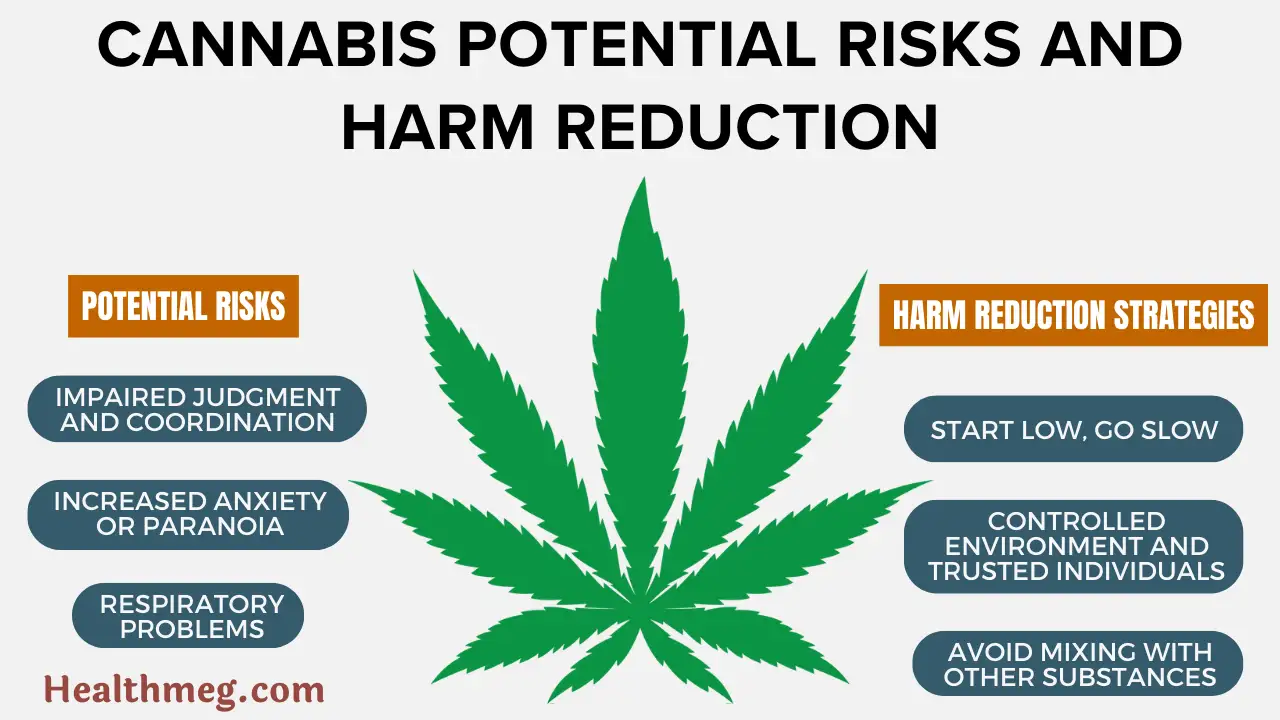
While this section delves beyond the milk myth, it’s crucial to address responsible cannabis use and the potential risks associated with its consumption.
Potential Risks of High Cannabis Intake:
It’s important to acknowledge the potential risks associated with high cannabis intake, particularly for individuals who are new to consuming the substance or have underlying health conditions. These risks may include:
- Impaired judgment and coordination: Cannabis can affect cognitive function, impacting decision-making, reaction time, and coordination. This can be particularly dangerous when driving, operating machinery, or engaging in activities requiring clear judgment and physical control.
- Increased anxiety or paranoia: While some individuals experience relaxation with cannabis, others might experience heightened anxiety or paranoia, especially at higher doses.
- Respiratory problems: Smoking cannabis, like smoking any other substance, can irritate the lungs and airways, potentially leading to respiratory problems like bronchitis or coughing.
Harm Reduction Strategies for Responsible Use:
If you choose to consume cannabis, it’s essential to prioritize responsible use and harm reduction strategies. Here are some key recommendations:
Start Low, Go Slow
Begin with a low dose and gradually increase the amount if desired, allowing sufficient time (around 2 hours) to observe the effects before consuming more. This approach helps you find the appropriate dose for your individual needs and avoid potential negative consequences.
Controlled Environment and Trusted Individuals
Consume cannabis in a safe and controlled environment with trusted individuals who can provide support and assistance if needed. Avoid consuming cannabis in public places or while operating machinery or driving.
Avoid Mixing with Other Substances
Combining cannabis with alcohol or other drugs can significantly increase the risks and potential for adverse effects. Each substance has its own set of effects and combining them can lead to unpredictable and potentially dangerous interactions.
Resources and Support:
If you have concerns about responsible cannabis use, potential addiction, or seeking help for cannabis misuse, here are some resources:
- National Institute on Drug Abuse (NIDA): https://www.samhsa.gov/data/data-we-collect/nsduh-national-survey-drug-use-and-health
- Substance Abuse and Mental Health Services Administration (SAMHSA): https://www.samhsa.gov/
- National Drug Helpline: 1-800-662-HELP (4357)
Remember, responsible use and harm reduction strategies are crucial for minimizing potential risks associated with cannabis consumption. If you have any questions or concerns, always seek information from reliable sources or consult a healthcare professional for personalized guidance.
Conclusion
Throughout this article, we’ve explored the misconception surrounding milk and its supposed ability to counteract a cannabis high. We’ve established that the scientific evidence overwhelmingly debunks this myth. While the fat content in milk might slightly slow down THC absorption, it doesn’t offer a shortcut to “sobering up”.
Instead of relying on ineffective methods, we’ve explored responsible and evidence-based strategies for managing the effects of cannabis, such as staying hydrated, engaging in calming activities, and allowing the effects to wear off naturally over time.
Furthermore, we’ve highlighted the importance of responsible cannabis use and provided resources for harm reduction and potential addiction concerns. Remember, informed decisions and responsible practices are crucial when approaching cannabis consumption.
If you have any further questions or require additional information, consulting a healthcare professional is always recommended.
Share your thoughts! Do you have any personal experiences or questions related to this topic? Feel free to leave a comment below and share your insights.
Spread the knowledge! If you found this information helpful, consider sharing it with your friends, family, or anyone who might benefit from understanding the facts about cannabis and the milk myth.
People Also Ask (FAQs)
Can I take milk after alcohol?
While milk may temporarily coat your stomach and create a feeling of smoothness, it doesn’t significantly slow down alcohol absorption or “sober you up.” The liver is responsible for metabolizing alcohol, and milk has no impact on this process.
Can you drink water when high?
Absolutely! Staying hydrated is crucial, especially when consuming cannabis. THC can dehydrate you, and drinking water helps replenish fluids and potentially alleviate some uncomfortable effects associated with dehydration, like dry mouth or dizziness.
Does milk slow down alcohol?
Similar to cannabis, milk doesn’t significantly slow down alcohol absorption. While it might create a temporary feeling of a “full stomach,” it doesn’t impact the liver’s ability to process alcohol.
How does alcohol affect milk?
Alcohol can curdle milk, making it unpleasant to drink. This occurs because alcohol disrupts the protein structure in milk, causing it to clump together. However, this doesn’t impact the nutritional value of the milk itself.
